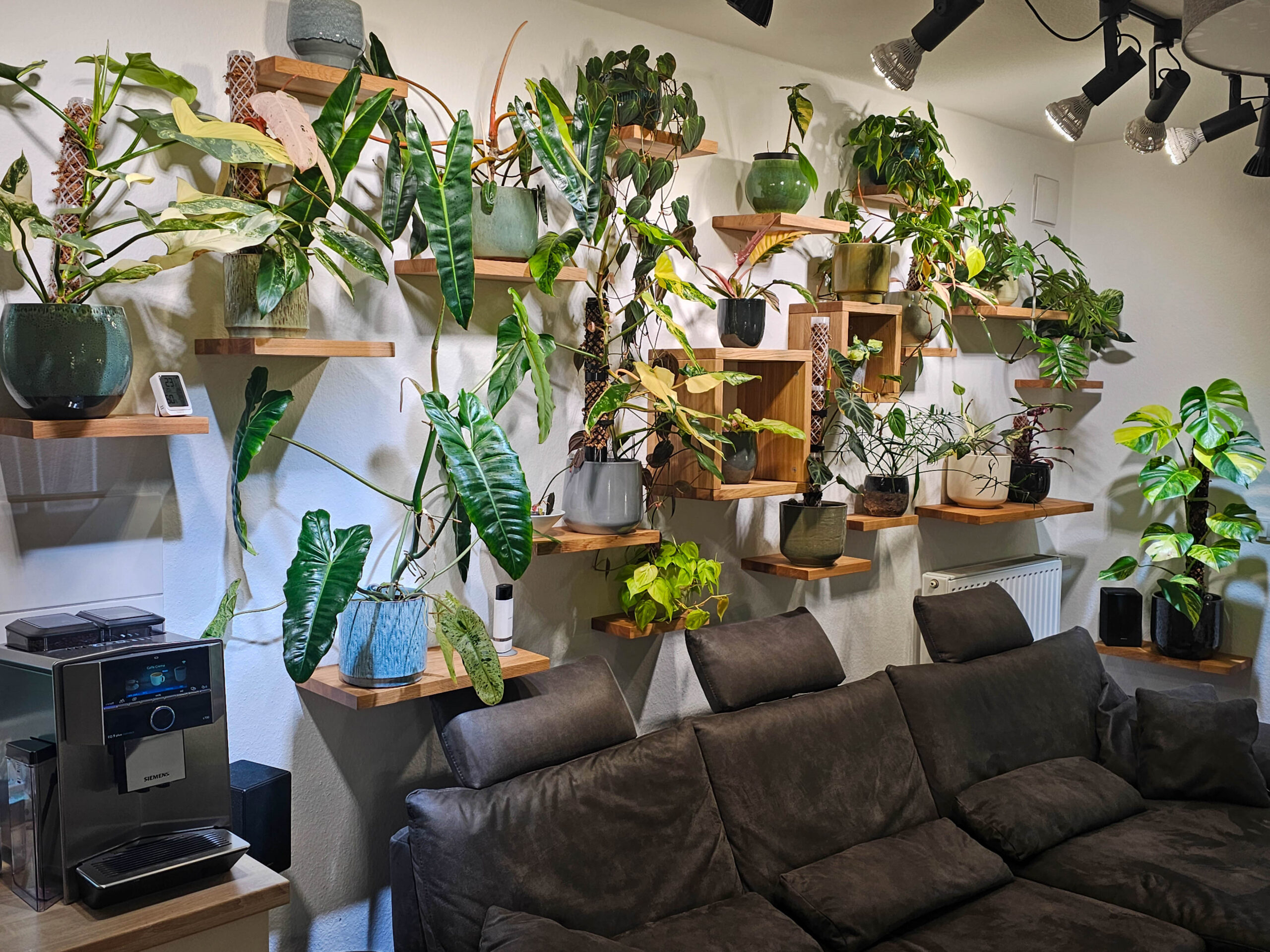

Sometimes a single glance at a healthy leaf is enough to bring a moment of calm. Outside, traffic rumbles, headlines flicker and calendars overflow – but the plant stays green. Present. Slowly changing. Demanding nothing. In a world that often feels loud and relentless, this has an effect.
The question of why we surround ourselves with plants can’t be answered with interior trends or aesthetic preferences. There’s something deeper at play – a need that goes beyond surface-level beauty. And a relationship that is remarkably quiet and remarkably steady.
That plants are good for us is not a lifestyle slogan, but a well-documented fact. Environmental physician and Harvard lecturer Dr. Eva Selhub refers to this effect as the Green Mind Effect – a state of mental balance that arises when we come into contact with natural elements. Nature reduces stress, improves sleep quality and enhances focus. Houseplants are part of this dynamic. They shift the atmosphere of a room and the way we behave within it.
Back in the 1980s, environmental psychologist Roger Ulrich showed that patients recover more quickly from surgery when they have a view of greenery. His work became the foundation for modern healing-space design. While many hospitals are still far from implementing such ideas, the connection between contact with nature and human recovery is now widely accepted.
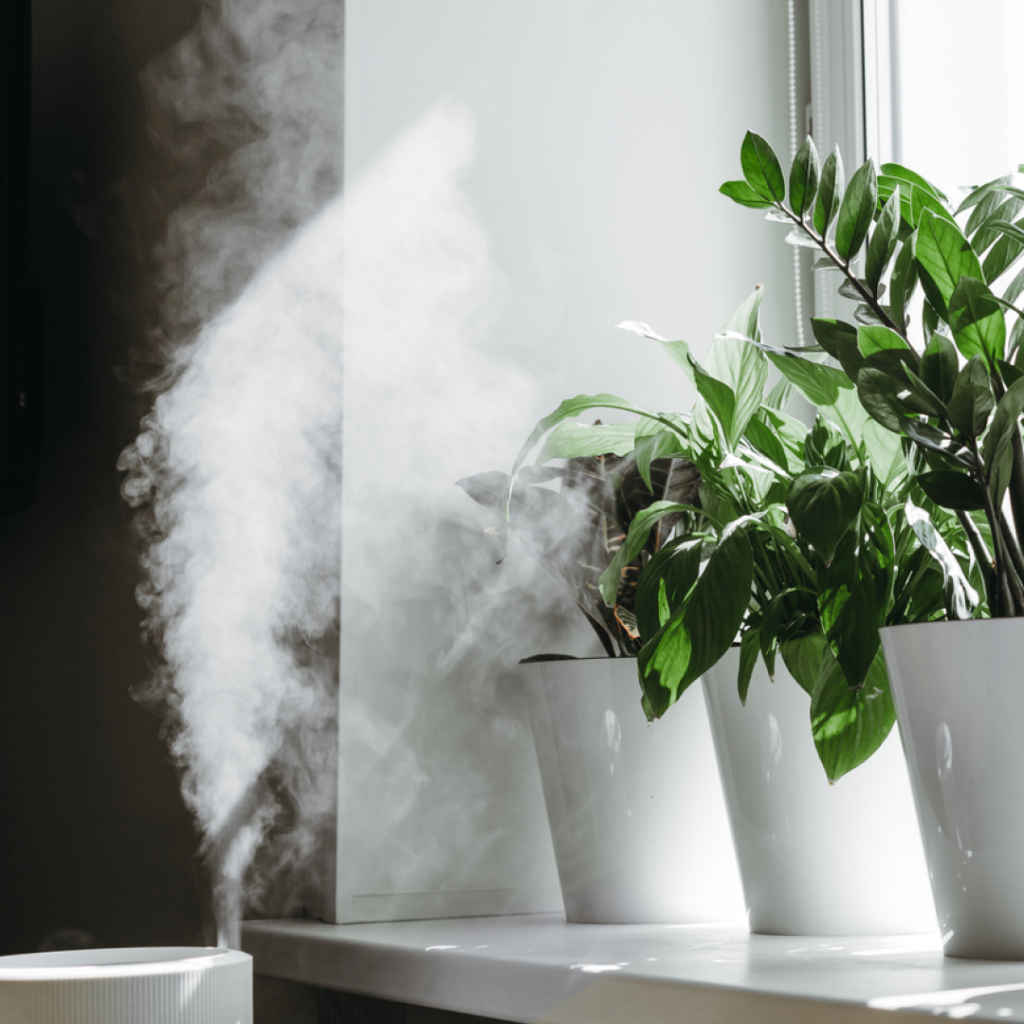

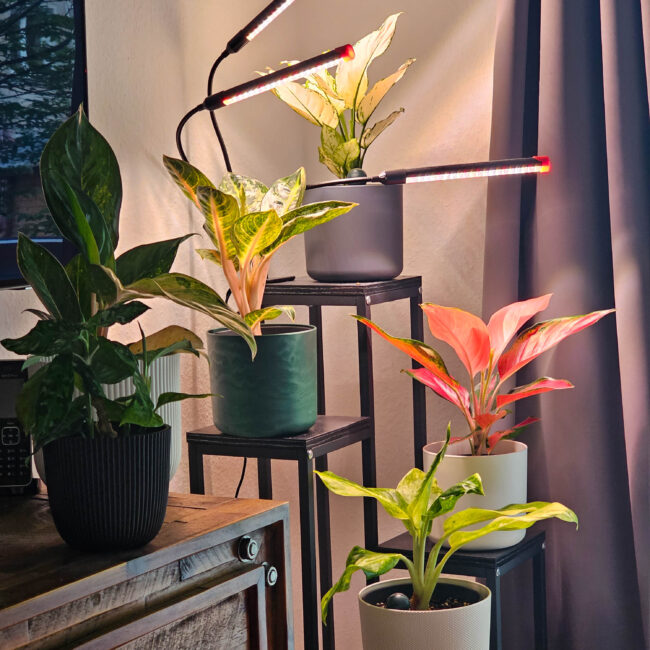
The color green plays a key role. Sitting at the center of the visible light spectrum, it is perceived by many as calming and pleasant. According to color psychologist Angela Wright, green has a stabilizing effect on the nervous system and a naturally balancing quality. “Green gives us the feeling that everything is okay,” she writes.
From a neurological perspective, green primarily activates the parasympathetic nervous system – the part responsible for rest, digestion and regeneration. In color psychology, green is therefore considered the tone of balance and abundance.
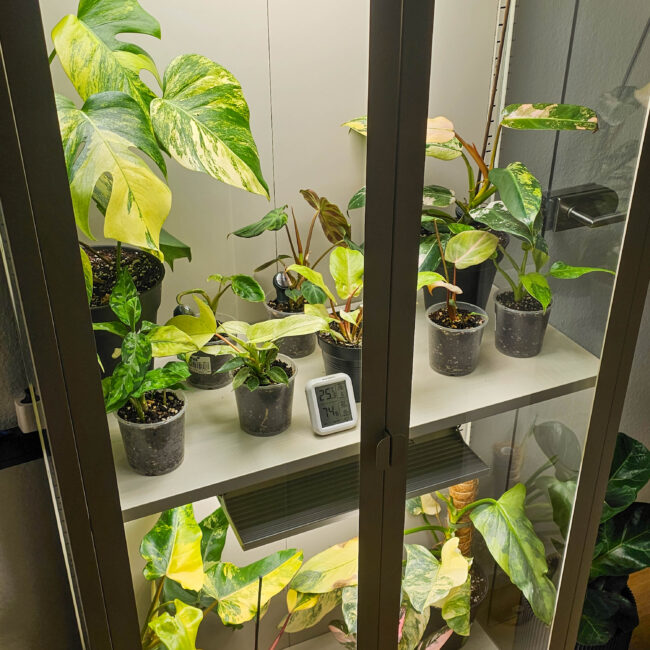
Caring for a plant means taking responsibility. You observe, adjust, respond. The action may seem simple – water, light, nutrients now and then – but the impact goes further. Those who regularly care for plants become part of their rhythm.
Cultural theorist Michael Fuchs describes plants as “reflective counterparts” – beings that do not communicate through language, but through feedback. Care triggers response. That, in itself, can be soothing. It makes one’s actions visible. And it can also empower, because it creates a sense of continuity and success.

When a plant changes – a new shoot, a deeper shade of green, a more upright posture – it creates a moment of effectiveness. In psychology, this is called reinforcement. The concept holds true even when the changes are subtle. Especially in times when much feels out of our control, these visible signs of progress can provide stability.
Even the act of observing changes us. Those who check in regularly become more attentive. Care becomes more precise, reactions more timely. Between light, water, temperature and growth, a quiet dialogue unfolds – one that requires presence.
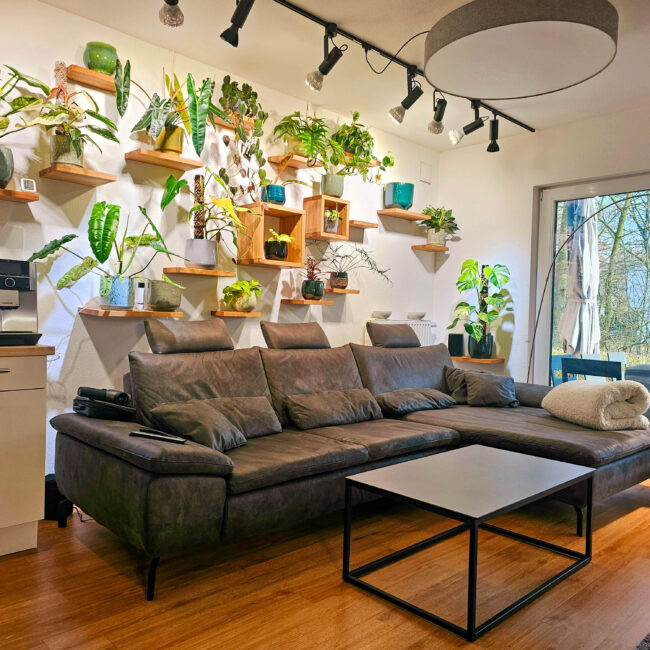
Some of the pictures are from one of our customers who keeps his philo collection healthy with the help of the FYTA Beams. Doesn’t that look marvellous?
Houseplants have long since outgrown their role as simple decoration. They don’t just change how a room looks. They change how it feels. They bring grounding into spaces often shaped by function. Living with plants means living with something that cannot be rushed – and that may be one of the biggest reasons why they do us so much good.
Digital tools like the FYTA Beam can help reduce care mistakes. They make plant care not only more reliable, but also more joyful. Instead of worrying about yellow leaves, root rot or confusing watering schedules, you gain the freedom to enjoy the experience. What was once a source of frustration becomes a source of connection. Plant care turns into a routine, not a guessing game.
But at its core, the relationship remains analog. It’s about attention. About habit. And about the quiet sense that something is growing – slowly, but steadily.
